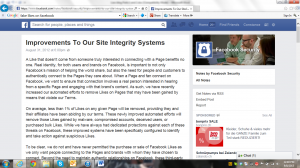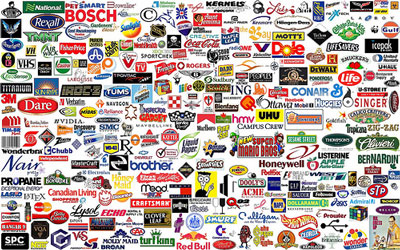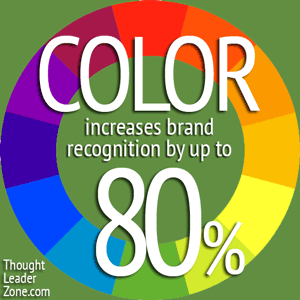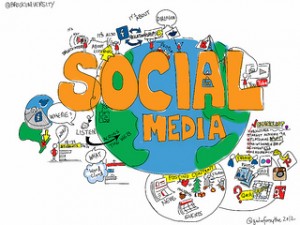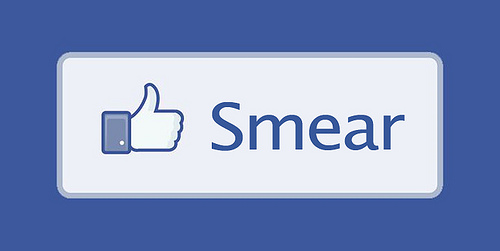 The first article in this series recounted some ways to determine whether a speaker is lying to you.
The first article in this series recounted some ways to determine whether a speaker is lying to you.
But what happens when physical and non-verbal clues aren’t available for interpretation? How do you spot a liar online? And what should happen when you do, especially when the lies are about you or your beloved or your beloved company?
Let’s focus on the third situation, where your company’s brand is being disparaged online.
Dissent and debate can be healthy, and as Mark Twain once said, ”It’s the difference of opinions that makes a horse race.”
You may be having a disagreement with a customer or a group of consumers. But before you even realize you have a problem, suddenly you have a PROBLEM! Let’s look at a case in point.
 A disgruntled passenger on a British Airways flight bought a promoted tweet to complain about his father’s lost luggage. The tweet went viral, drawing the attention of BA’s competitors, too.
A disgruntled passenger on a British Airways flight bought a promoted tweet to complain about his father’s lost luggage. The tweet went viral, drawing the attention of BA’s competitors, too.
When news — whether true or false or misleading — spreads through cyberspace without any monitoring or appropriate intervention, you can lose control of your brand conversation and those bad messages can stick…and that’s certainly not good.
One popular ”complaint site” is taking steps to ensure companies have a forum to respond publicly to complaints. The petition platform/website, www.change.org , has just begun offering the targets of an online campaign an opportunity to address any inaccuracies online. Companies that want to be extremely transparent are able to create their own pages that will show all petitions and their status.
Are you ready to take steps to protect your brand in virtual or ”real” life? Ask, assess, then act. We’re here to help (and that’s the truth)!
Photo Credits: Smear Button, Todd Barnard
Tweet screenshot via mashable.com
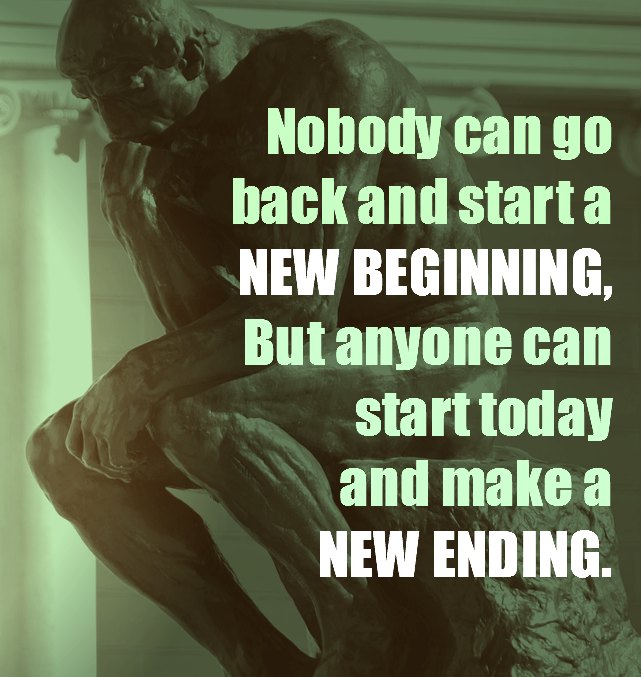 As 2013 draws to a close, it’s time to reflect on newsworthy events of the year.
As 2013 draws to a close, it’s time to reflect on newsworthy events of the year.


